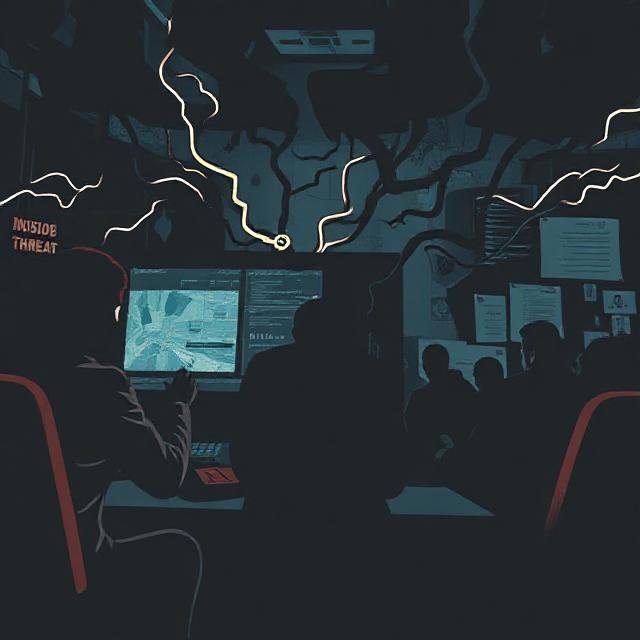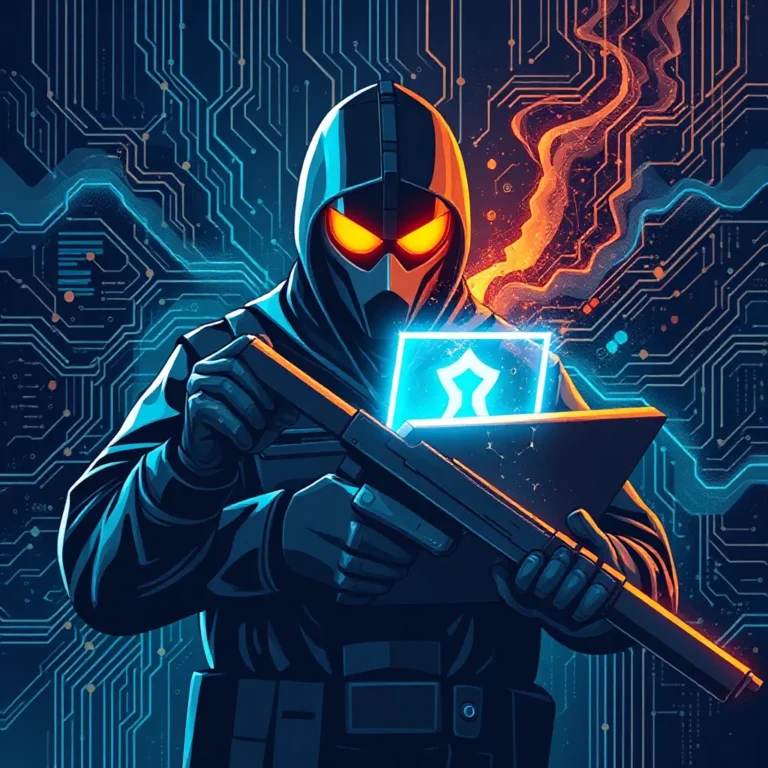Why Insider Threats Are Becoming More Dangerous — And How to Protect Your Business

Why Insider Threats Are Becoming More Dangerous — And How to Protect Your Business
Some of the hardest cyberattacks to detect are those that come from within your own company. These are known as insider threats , and they can be just as damaging — if not more — than attacks launched by outside hackers.
An “insider” is anyone with legitimate access to your network or data, whether through login credentials or authorized systems. Because these users have permission to be inside your environment, traditional security tools often don’t flag their actions as suspicious.
According to a recent report by the Ponemon Institute, insider threats are on the rise — and costing businesses more than ever.
🔥 Key Findings:
- Insider attacks increased by 44% over the past two years
- On average, it now takes 85 days to contain an insider threat (up from 77 days in 2020)
- The average cost of handling these threats has gone up by 34%
These numbers show that insider threats aren’t just growing — they’re becoming harder and more expensive to manage.
🧒 Who Are the Main Types of Insider Threats?
Insider threats come in many forms. Not all are intentional, but they can all lead to serious damage. Here are the four most common types:
1. Malicious or Disgruntled Employees
Some employees misuse their access out of revenge or personal gain. For example, someone who’s leaving might download customer contact lists or plant malware before their exit.
In extreme cases, former employees may even sell login details to cybercriminals for profit.
2. Careless or Untrained Employees
Not every breach is intentional. Many happen due to lack of awareness or poor training. An employee might accidentally send sensitive files via unsecured email, use a public computer to log into work apps, or leave passwords exposed.
Human error remains one of the biggest cybersecurity risks today.
3. Third Parties with System Access
Vendors, freelancers, and contractors often require access to internal systems. While they’re not full-time employees, they can still pose a significant risk if their access isn’t properly managed or monitored.
Always perform background checks and limit permissions to only what’s needed.
4. Compromised Credentials Used by Hackers
When a hacker gets hold of a user’s login information — through phishing or stolen passwords — they become an “insider” in your system. From there, they can move laterally and access critical data without raising alarms.
This is now the #1 cause of data breaches worldwide.
✅ How to Reduce the Risk of Insider Threats
While insider threats can be difficult to catch once they occur, you can take proactive steps to prevent them from causing harm.
🔍 1. Conduct Background Checks
Before hiring or granting access to vendors and contractors, do thorough background screenings. Pay attention to any red flags that could indicate future issues.
💻 2. Use Endpoint Device Management
With mobile devices making up around 60% of endpoints today, device control is essential.
Implement solutions that allow you to:
- Monitor which devices connect to your network
- Whitelist approved devices
- Block unauthorized devices automatically
🔐 3. Enforce Multi-Factor Authentication (MFA)
MFA makes it much harder for attackers to misuse stolen passwords. Even if a password is compromised, the attacker would still need a second factor — like a code sent to a phone or a physical security key.
Also ensure strong password policies, such as:
- Requiring complex passwords
- Using business-grade password managers
- Avoiding password reuse across accounts
📚 4. Train Employees on Data Security
Many insider breaches happen due to simple mistakes. Regular cybersecurity training can help employees understand how to:
- Handle sensitive data securely
- Spot phishing attempts
- Follow safe login practices
🛠 5. Monitor Network Activity
Once someone logs in, how do you know if they’re doing something dangerous?
Use intelligent monitoring tools powered by AI to detect unusual behavior in real time, such as:
- A user downloading a large number of files suddenly
- Logins from unexpected locations or countries
- Abnormal access patterns during non-working hours
🔒 Ready to Strengthen Your Defense Against Insider Threats?
Stopping insider threats requires a layered approach — combining technology, policy, and training. If you’re looking for expert guidance to secure your business, we’re here to help.
👉 Contact us today for a free consultation and take the next step toward protecting your digital assets.





